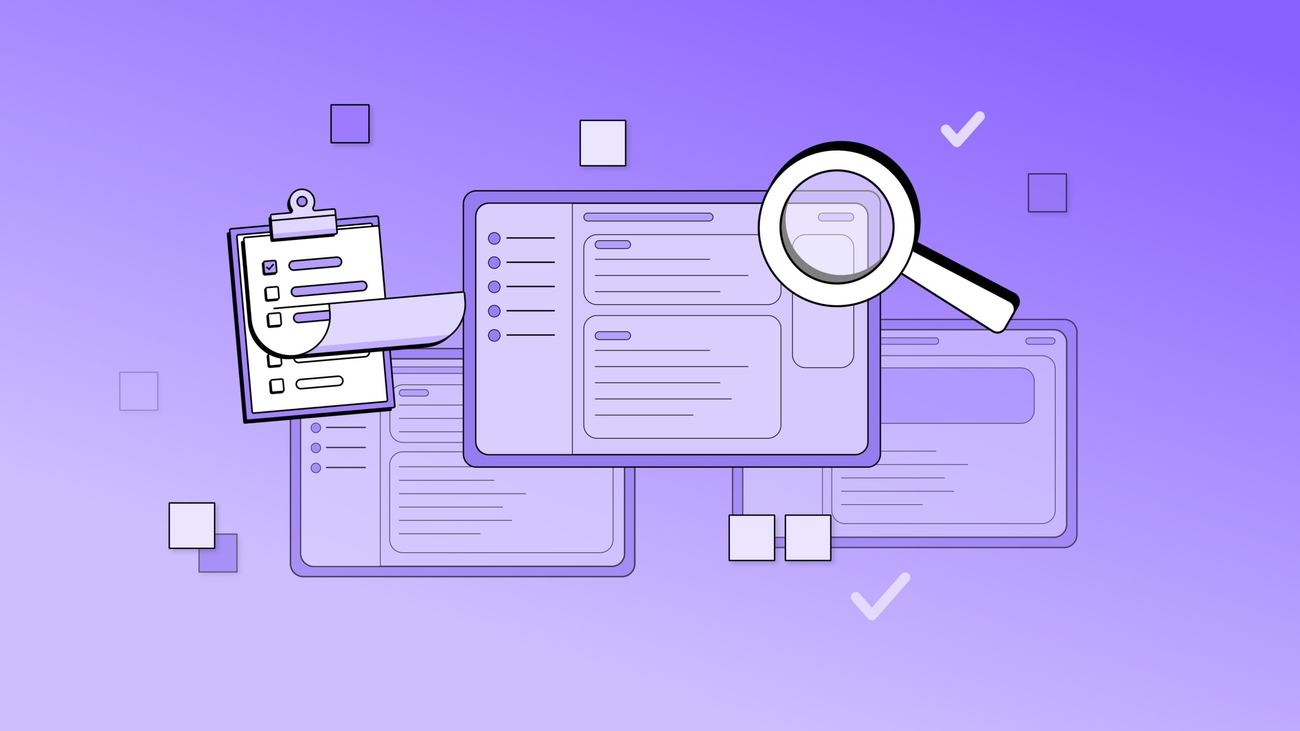|Naveed Ullah

Who conducts UX Audit?
The determination of who should perform a UX audit
depends on the size of the organization and its
resources. In startups and small businesses, the UX
audit is probably carried out by the due to the size of
the product or the organization's budgets and small
businesses the UX audit are probably carried out by the
internal UX design team due to the size of the product
or the budget of the organization.
Often, organizations hire other auditors instead of
their own to evaluate their products accurately and get
an unbiased report to improve their UX overall and get
closer to their business objectives. On other hand,
large enterprises are likely to go with the UX design
agencies, which would be probably more costly, but they
provide a comprehensive audit report with a great
insight which for sure be valuable for the enterprises
and their goals.
When should one conduct a UX design audit?
A UX audit needs multiple standards to assess a digital
product. Auditors cannot determine if the product is
reaching its KPIs, goals, and objectives without these
standards.
First, you should look for the UX strategy of the
organization you work for. First, you should look for
the UX strategy of the organization in which you work.
Is there one? If not, you must define it before starting
the audit
Furthermore, the following UX design assessment is
advised:
- When there is an apparent decrease in measures related to customer satisfaction or engagement.
- Before starting a major marketing, campaign or trying to expand, make sure the product can handle more users or traffic.
- To determine any potential effects on the user experience before the release of a new feature or significant change.
- Following substantial user complaints or feedback regarding usability problems.
- When thinking about rebranding or making a big alteration to the visual appearance of the product.
- Keeping up with modifications to laws, industry standards, and technology developments that could impact user experience.
- As a component of a competitive analysis to evaluate the product against competitors in the market and pinpoint areas in need of development.
- In the process of looking for partnerships or funding, a comprehensive UX audit can show that you provide a top comprehensive UX audit can show that you provide a top-notch user experience when seeking partnerships or funding.
The exact requirements and conditions of the company and the product ultimately determine when to conduct a UX design audit, but it is essential that frequent assessments be given top priority to preserve and improve the user experience.
Types of UX Audit
How to Get Ready for an Audit of UX A
UX audit needs multiple standards to assess a digital
product. Auditors cannot assess if the product is
reaching its KPIs, goals, and objectives without these
standards.
To be ready for a UX audit, you'll need:
- User Persona
- Well-defined corporate objectives
- Analytics and product data
- Prior UX audit findings and modifications
- Audit deadlines, deliverables, stakeholder expectations, and constraints
7 Essential Tips for Conducting a Successful UX Audit
- Maintain Simplicity: Document everything: make notes, take screen grabs, and provide links to all issues that are reported. These documents will help you remember everything and give stakeholders comprehensive, useful feedback.
- Remain organized: According to the size of the product, a lot of data, such as pictures, notes, reports, stats, etc., should be collected. Using a spreadsheet is beneficial for arranging and evaluating analytics data. You may use cloud storage for saving the media like screenshots
- Provide recommendations that are doable: so, they can identify the problems you have mentioned. To avoid depending on speculations, stakeholders' decisions must be based upon actual understanding.
- Be specific: clearly inform stakeholders about the exact issues, their locations, and suggested solutions in your reports.
- Prioritize: your research and let the stakeholders know about the problems that you have discovered and their priorities, for example: (low, medium, and high). Its sequence should totally be dependent on the urgency and seriousness of the problem and its effect on the overall user experience.
- Coordination with other parties: in whole journey of UX audit, ensure that you are in constant contact with parties those have direct or indirect link with the development and success of the product. feedback.
- By evaluating our current user experience: with the standards of the industry and the known best practices. This method will probably help identify your weaknesses so that you have the best recommendations for those areas which are not just feasible but will also align with larger UX trends and standards.
To determine if products are in line with user experience and company objectives, regular design audits are essential. It is imperative that you have a well-defined UX strategy in place before starting your first UX audit so that auditors have goals, benchmarks, and KPIs to compare against.

